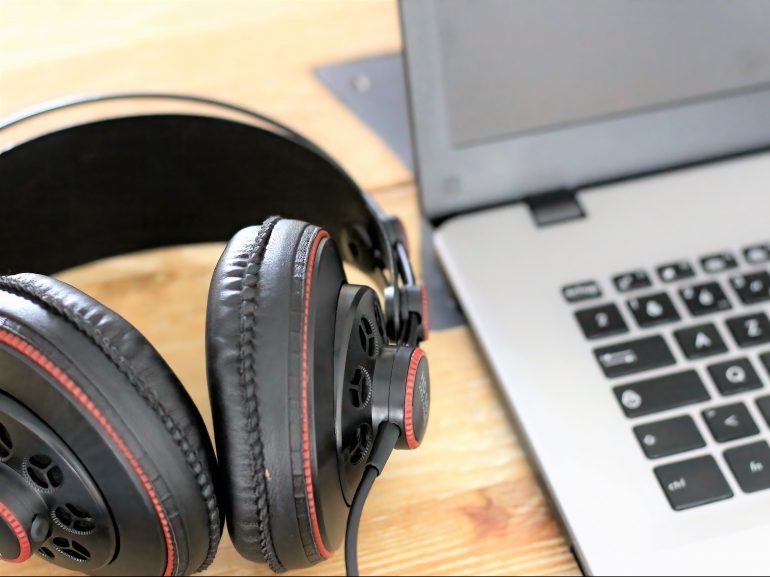Last January, in those halcyon pre-COVID days, I was preparing to teach a unit of study that was new to me. This was a core master’s-level unit, which was taught in weekly 2-hour seminars. Sounded awesome! But the instructor handing over the unit told me that they found they had to spend a good deal of the time in each seminar (which was supposed to be for discussion, clarification, and debate) on covering fundamental ideas and concepts. This was not ideal – it took away precious discussion time and, while it was helpful for some students, it was not very interesting for others. However, it seemed unavoidable if we were to ensure that everyone was up to speed with the material.
My solution to this challenge was to record material for students and provide it in advance, implementing a ‘flipped classroom’ approach, so that the seminar time could be protected for discussion. And further, when it came to recording teaching material for students, I decided that I would try podcasting.
I recorded 13 weeks of podcasts with a different colleague as a guest each week, and the feedback from students was excellent.
My decision to podcast the lectures was influenced by many things. First, I have to admit that I find the classic style of talking over lecture slides to be very boring when there is no opportunity for live interaction, so I was hesitant to go that route. Secondly, I love podcasts – I love how portable they are, and how amenable to multi-tasking (commuting, doing dishes, working out). And finally, I thought it would be more interesting for the students. They could listen to me and (crucially) a guest discuss ideas that we find intriguing, and still get the benefit of having essential ideas covered. As an unexpected bonus, opting for the flipped classroom and recording these podcasts allowed a for nimble switch to fully online teaching last March.
I recorded 13 weeks of podcasts with a different colleague as a guest each week, and the feedback from students was excellent. Some of my guests from that unit of study have gone on to record their own podcasts for their units, and I really encourage anyone who is keen to give it a try.
Having a year of experience under my belt, here are my top tips for recording and preparing great teaching podcasts:

- Use a studio. There are now multiple podcasting studios on campus. There is one in the Education Building, and one in the Susan Wakil building; but there are others as well. Find the nearest one, and use it! Zoom does a good job of recording audio if you aren’t able to be on campus – it will record a separate audio track, which is editable (see Tip 4).
- Have a guest. Listening to two people banter and discuss ideas is way more interesting than listening to one person’s monologue.
- Prepare, but keep it unstructured. It’s essential to have an outline of what you’d like to talk about in your teaching podcast, but it’s equally essential to keep the discussion free and unscripted. Have a light chat with your guest about what you’ll discuss together, but resist getting into details. This can make the conversation feel and sound artificial.
- Aim for the same length. A colleague in the Faculty of Arts and Social Sciences told me that podcasts are the sorts of things that people develop routines around, such as timing their commute to the episodes, so try to keep them roughly the same length.
- Do some light editing. There are a few different software programs you can use to edit a podcast after you’ve recorded, including Garage Band and Adobe Audition. It’s easy to edit out any goofs that you make while speaking, so you and your guest need not be nervous.
- Make a transcript and a handout of your discussion. There are a few different transcription companies, and the University of Sydney is currently going through the process of getting an enterprise agreement with some of these. At the moment, you can use free AI-based transcription programmes that do a pretty decent job, like Otter.ai and Descript. The transcript and handout will help your students follow the conversation, and aids people with different learning needs.
As you get more comfortable with editing and chatting with guests, you’ll be able to incorporate sound effects or music as your intro/outro, but none of that is necessary. You’re all set to start teaching with podcasts!
Editor’s note: Check out Kathryn’s public-facing Sydney Health Ethics podcast at https://anchor.fm/shepod





